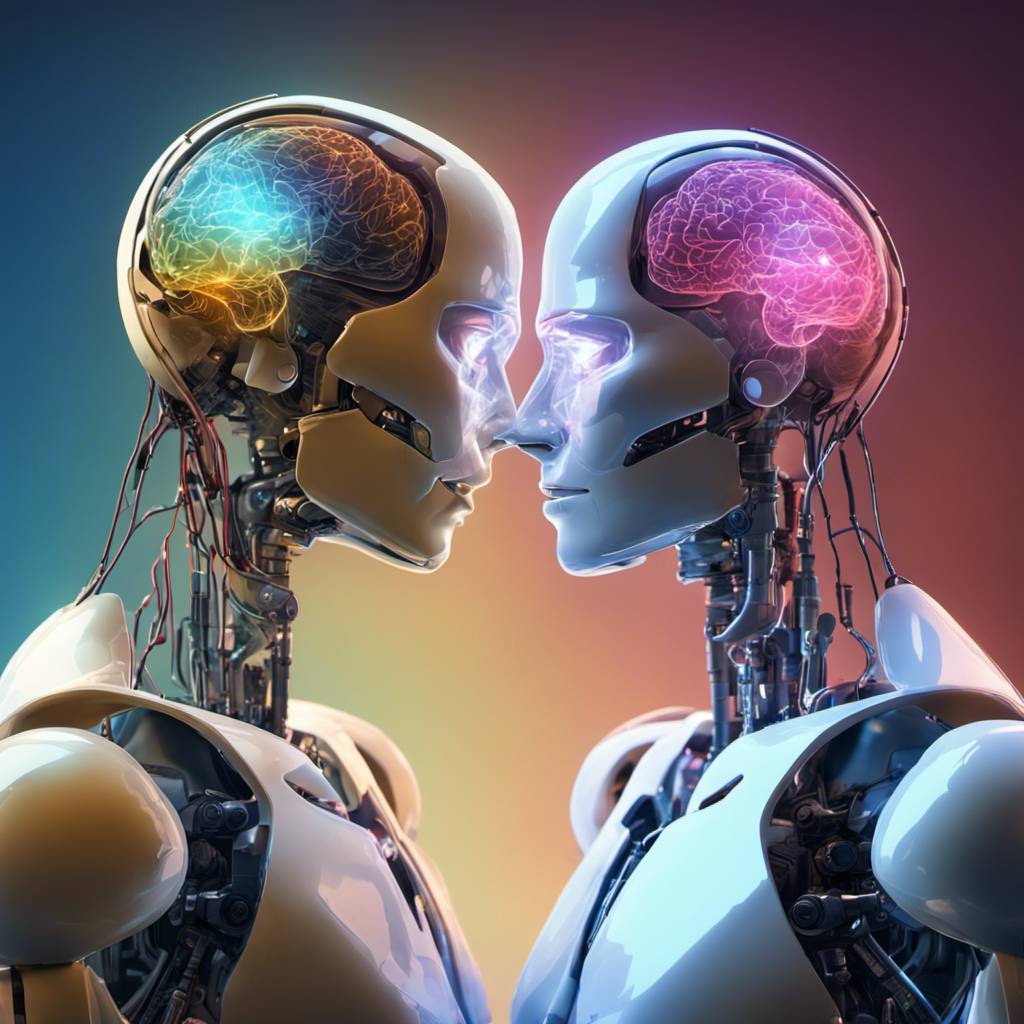In the realm of advanced technology, the terms “robotics” and “artificial intelligence” (AI) are frequently used interchangeably. While they are closely intertwined and often function in tandem, they represent separate domains with distinct features, objectives, and uses. Let’s delve into the primary distinctions between these two revolutionary areas.
Artificial intelligence is a subset of computer science that concentrates on developing intelligent systems that emulate human cognitive functions. These functions cover learning, reasoning, problem-solving, language comprehension, and understanding. The goal of AI algorithms and models is to process data, identify patterns, make decisions, and adapt based on experience.
In contrast, robotics is a branch of engineering and technology that focuses on the design, construction, and operation of physical machines known as robots. These robots can vary from simple single-function devices to highly complex multi-function systems. Although AI can power a robot’s cognitive functioning, robots involve the necessary hardware and mechanics for movement and interaction with the physical world.
AI primarily functions in the digital sphere, utilizing software and algorithms to process data and make decisions. It doesn’t necessitate a physical presence; it can exist solely as lines of coding operating on computers or servers. On the other hand, robotics is inherently physical. Robots are tangible machines that interact with the real world through sensors, actuators, and manipulators. While AI can be integrated into robots to make them more intelligent and adaptable, the physical component distinguishes robotics.
AI has a broad range of applications spanning numerous fields. It is utilized in recommendation systems, natural language processing, autonomous vehicles, health diagnostics, and more. AI often powers software solutions that enhance efficiency, decision-making, and automation across various industries.
Robotics is widely used in sectors where physical tasks and interaction with the environment are crucial. This includes manufacturing (industrial robots), healthcare (surgical robots), logistics (warehouse robots), space exploration (exploration machines), and even entertainment (robot toys and cartoons). Robotics addresses tangible and mechanical challenges.
AI systems can demonstrate high autonomy, particularly in machine learning. They can learn from data, make predictions, and adapt without human intervention. AI can be supervised (human-led) and unsupervised (self-taught). Robots can also have varying degrees of autonomy, but their autonomy is more closely tied to their physical capabilities. For instance, autonomous drones can navigate a city, but they rely on sensors and onboard computers to process data and make real-time decisions to avoid obstacles.
Artificial intelligence is inspired by computer science, math, statistics, and cognitive psychology. It’s primarily a software-focused field. Robotics is an interdisciplinary field combining mechanical engineering, electrical engineering, computer science, and more. It includes both hardware and software aspects.
Disclaimer: Any financial and crypto market information given on Analytics Insight are sponsored articles, written for informational purposes only and are not investment advice. The readers are further advised that Crypto products and NFTs are unregulated and can be highly risky. There may be no regulatory recourse for any loss from such transactions. Conduct your own research by contacting financial experts before making any investment decisions. The decision to read hereinafter is purely a matter of choice and shall be construed as an express undertaking/guarantee in favor of Analytics Insight of being absolved from any/ all potential legal action or enforceable claims. We do not represent nor own any cryptocurrency; any complaints, abuse or concerns with regards to the information provided shall be immediately informed here.
